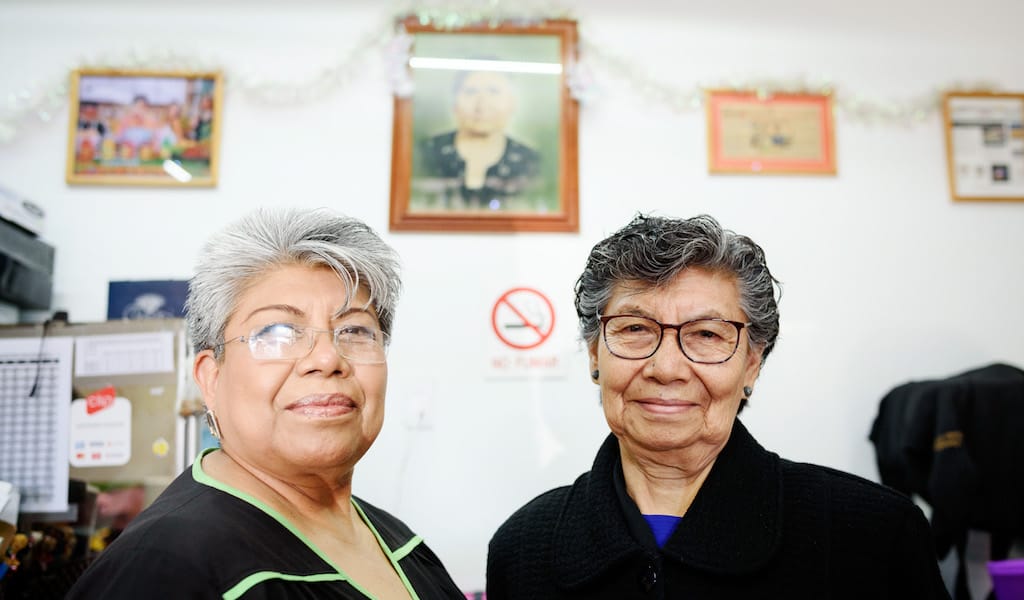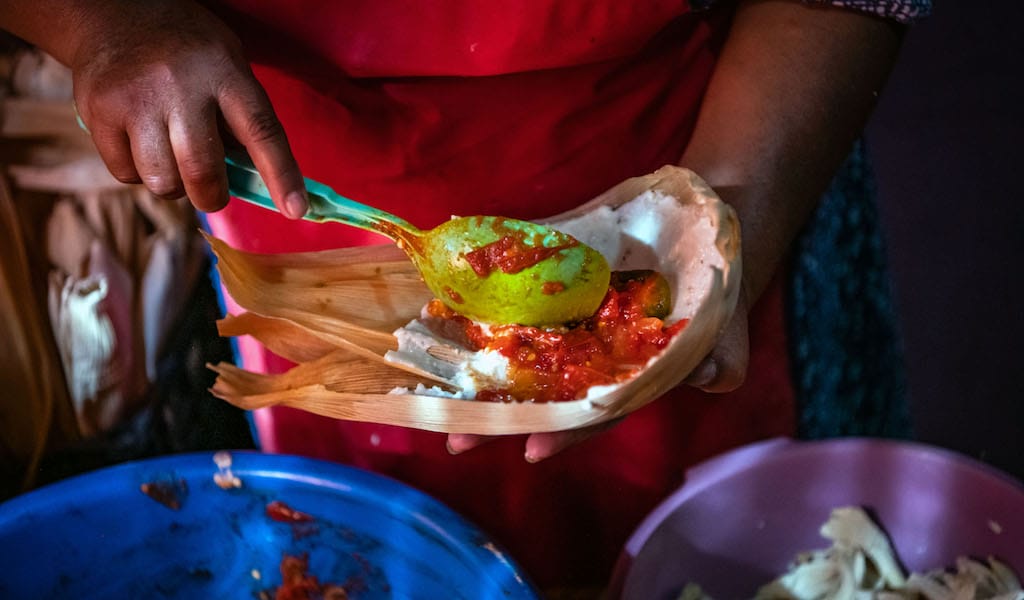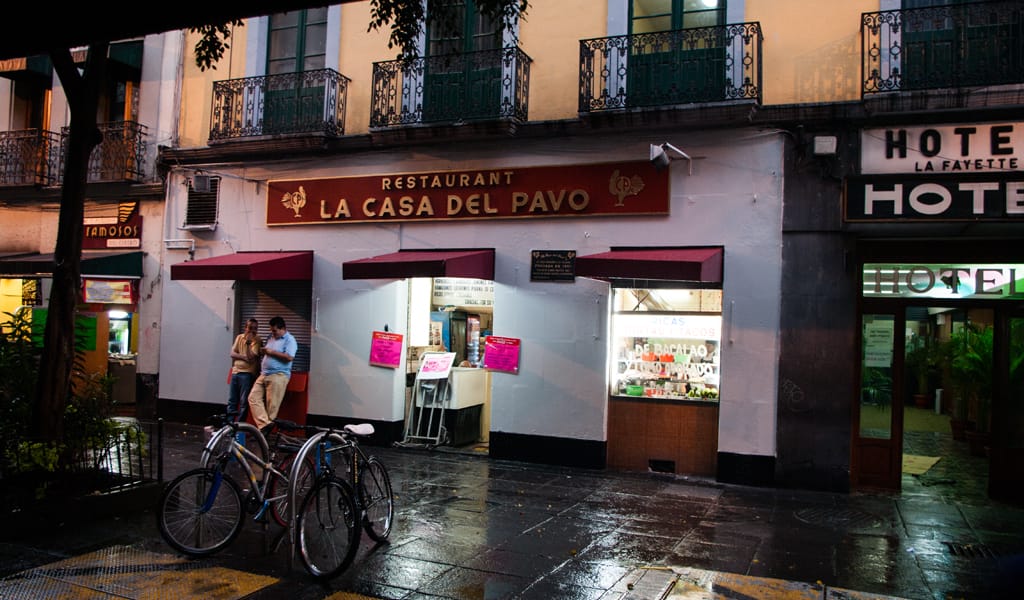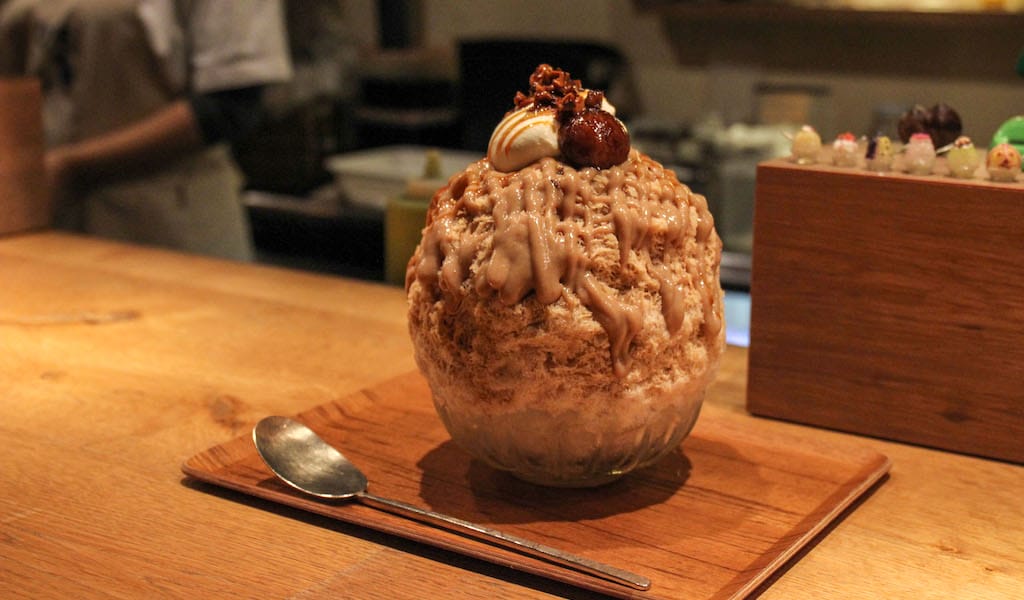Tamales Doña Emi, a tamal mecca in Colonia Roma, was our first foodie obsession in Mexico City. But really, we were just the most recent converts in a long line of devotees.
For the unaccustomed palate, a tamal – steamed corn dough wrapped in a corn husk or banana leaf, with some type of filling at its center – may not sound like much. But anyone who has found that tamal, the one they can’t live without, knows that it is no mundane snack. Doña Emi’s was our game-changer.
Big and fluffy, and just moist enough without being greasy, Doña Emi’s tamales are a solid meal, with a current list of wild flavor combos never imagined by the original entrepreneur, Ermilia Galvan Sanchez (Doña Emi), who started selling them out of a roving cart in the 1960s.
“Emi started out with the traditional flavors: green salsa, mole, rajas con queso [sliced poblano chiles with cheese], and sweet tamales that were guava or pineapple flavored. She made guava atole and champurrado [a chocolate-based atole] with real cacao. Now we have pork with green olives, huitlacoche [corn smut] with goat cheese or Oaxacan cheese, spinach with tomato and panela cheese, fig with cream cheese and nuts,” says Maria del Carmen Lopez, current owner and tamal maker extraordinaire. “People say, ‘Figs and cream cheese?! I don’t know…’ and I say, ‘Just try it, please.’ They are always surprised that they love it.”
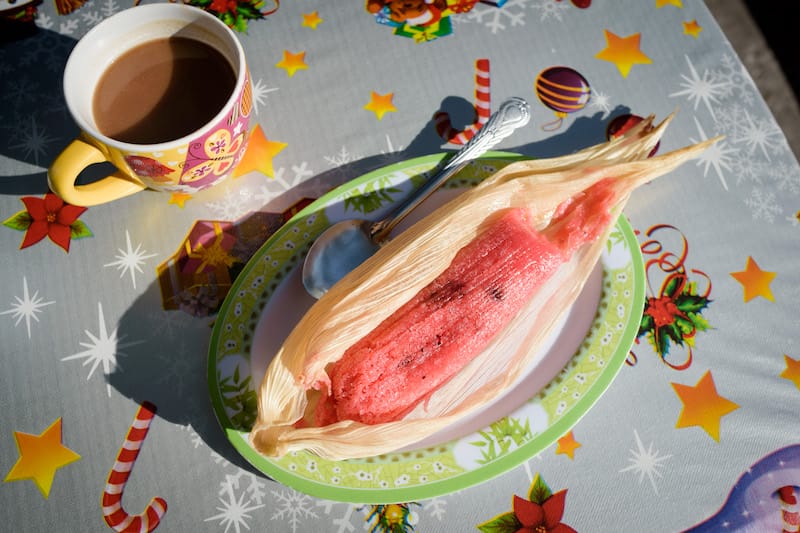
Carmen has taken on the role of matriarch at Doña Emi’s, a position once filled by her mother, and her grandmother (Ermilia) before her. At one point the entire family – Carmen has four brothers and sisters – also worked in the business.
“Thanks to Emi and thanks to God, we have all been able to get ahead in our lives because of this business,” she says.
When Emi’s husband died young, she started selling fruit on the street. Carmen’s mother, an only child, went along with Emi to the Deportivo Hacienda and the bus stop on Huatabampo Street in Colonia Roma. At just 15 days old, Carmen was there alongside them.
One winter a client, who knew that Emi came from a town in Mexico State famous for its tamales, asked her why didn’t she make a few to sell during the colder months. That was the beginning of a 60-year tradition that continues today at the small storefront on Jalapa Street.
“She was an incredible cook,” reflects Carmen. “Everything she made – and I mean everything, shrimp soup, stuffed chiles, romeritos [edible wild greens] – everything sold out immediately.”
“Emi always believed in [using] the best ingredients, even if you were cooking at home.”
Emi and her cooking became the stuff of local legend within just a few years of her switching over from selling fruit to making proper meals. People would come from all over the city to eat her tamales, and, more importantly, families came back year after year, generation after generation, for a taste of home.
“We had a group of middle schoolers in here the other day,” says Carmen, “and I heard one of the girls say to the others, ‘My mom told me that they had these tamales at her baptism, and we had them at mine too, and my first communion.’ I was so proud.”
Even clients that have moved out of the neighborhood call in special orders, telling Carmen that her tamales unite their family, giving them a reason to get together.
So what is the secret to these addictive tamales? According to Carmen, the most important element is love – for the food that you’re making, for the people you’re serving – but there are a few other secrets she let slip during our conversation.
“Emi always believed in [using] the best ingredients, even if you were cooking at home. She used to tell us, ‘When you make something to sell you have to make it as though you were making it for yourself.’”

The tamales at Doña Emi’s are a tad more expensive than your regular streetside stand, but that’s because Carmen, following her grandmother’s philosophy, makes them with only the best products. She spent weeks looking for just the right goat cheese for the huitlacoche and goat cheese version, for example, and is careful to select each piece of meat for both its flavor and its presentation.
Perhaps the most important component of their tamales is the corn. The restaurant still buys corn and corn husks from Emi’s hometown, Ozumba, as well as some of the other seasonal ingredients they use. They nixtamal their corn themselves, 50 kilos at a time, and then take it to a local mill to be ground into masa.
“Quality lard, a little salt and a little water. Good corn doesn’t need anything else to make it taste good,” says Carmen.
When Emi died 15 years ago, at the ripe old age of 100, she was still making daily visits to the shop to keep an eye on things. The family has stayed true to her recipes and tries to honor her memory each day as they serve tamales to the neighbors.
“I love this business,” says Carmen, “but I part of why I continue is for her, so that all this information and knowledge doesn’t disappear. As long as I can, I will continue giving our clients this little piece of my heart, of my passion, of my dedication.”
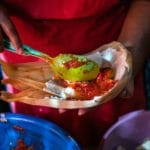 January 8, 2024 Tamales de Tia Tila
January 8, 2024 Tamales de Tia Tila
It’s a cold December afternoon when we arrive at the headquarters of Tamales de Tia Tila […] Posted in Oaxaca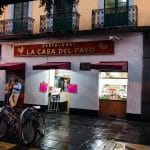 November 24, 2023 La Casa del Pavo
November 24, 2023 La Casa del Pavo
The bird that holds pride of place at the Thanksgiving table has just as important a […] Posted in Mexico City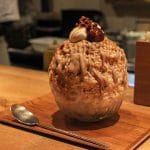 June 13, 2023 Kooriya Peace
June 13, 2023 Kooriya Peace
It’s 9 o’clock in the morning and the narrow streets that fringe Inokashira Park are […] Posted in Tokyo
Published on January 08, 2019
Related stories
January 8, 2024
OaxacaIt’s a cold December afternoon when we arrive at the headquarters of Tamales de Tia Tila in San Gabriel Etla, about 45 minutes outside of Oaxaca City. Knocking on the door, we catch a whiff of spices and corn that the cold wind quickly steals away. But as soon the door swings open, revealing a…
November 24, 2023
Mexico CityThe bird that holds pride of place at the Thanksgiving table has just as important a role south of the border. Turkey has actually been a fundamental part of Mexican cooking for centuries: The Aztecs had domesticated the fowl before they had even laid eyes on a chicken. And while chicken has since overtaken turkey…
Explore Kichijoji on our Tokyo culinary walk!
June 13, 2023
TokyoIt’s 9 o’clock in the morning and the narrow streets that fringe Inokashira Park are largely empty. This part of Kichijoji, a lively neighborhood in west Tokyo, has yet to wake up. Storefront shutters are yet to be lifted; staff inside cafés can be glimpsed preparing for the day. Yet, on one corner, a couple…







































